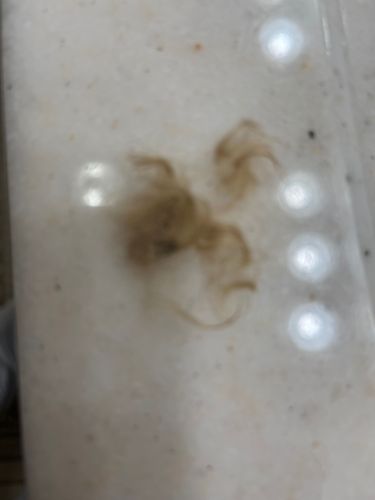Carpet Beetle (Larvae)
Scientific Name: Family Dermestidae (various genera and species, e.g., Anthrenus, Trogoderma, Attagenus)
Order & Family: Order: Coleoptera, Family: Dermestidae
Size: Larvae typically range from 2mm to 5mm (0.08 to 0.2 inches) in length, depending on the species and stage of development.

Natural Habitat
Indoors, carpet beetle larvae are found in dark, undisturbed areas such as under carpets, rugs, furniture, in closets, pantries, and attics. They are attracted to natural fibers and animal products.
Diet & Feeding
The larvae of carpet beetles feed on a wide range of animal-derived products, including wool, silk, fur, feathers, leather, pet food, dead insects, and even dried museum specimens. They are known household pests due to this diet.
Behavior Patterns
Carpet beetle larvae are typically found in dark, undisturbed areas where their food sources are abundant. They are negatively phototactic, meaning they move away from light. Their larvae are the destructive stage, as adults primarily feed on pollen and nectar and are found outdoors.
Risks & Benefits
Risks: Carpet beetle larvae can cause significant damage to natural fiber textiles, clothing, carpets, upholstered furniture, and museum collections. Some individuals may experience allergic reactions or skin irritation from contact with the larval hairs. Benefits: In nature, dermestid beetles play a role as scavengers, helping to break down decaying organic matter.
Identified on: 8/11/2025